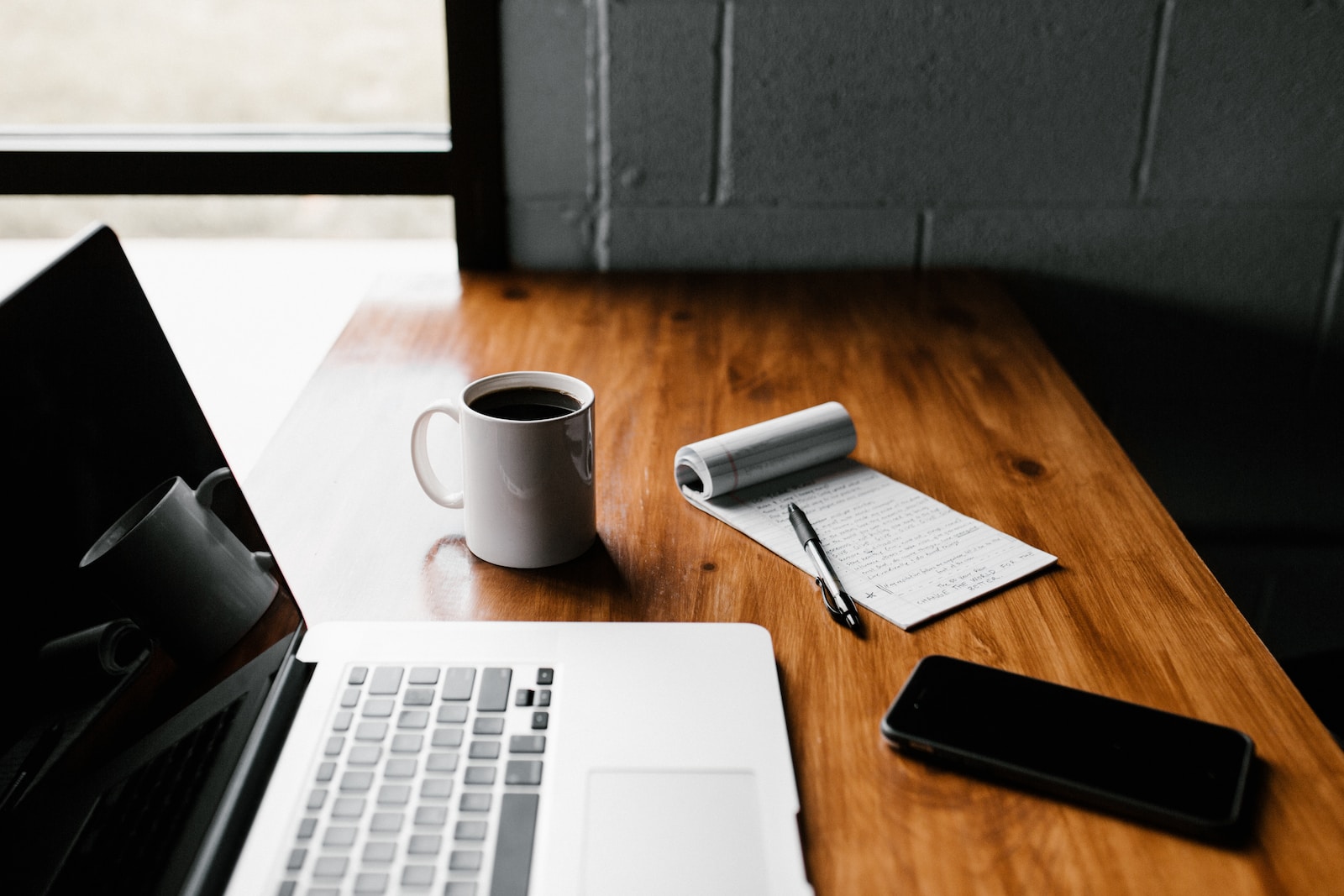10 Steps to Manage & Pay Down Your Debt

Financial Literacy Month is in full swing, and in Week 2, we focus on a crucial topic: checking up on your debt.
In Canada, debt management is a pressing concern for individuals and families. With the ever-increasing cost of living, housing, and education, it’s more important than ever to be financially savvy and keep debt under control.
Let’s walk through the steps you need to take to assess and improve your debt management.
Understanding Debt
Before we dive into the specifics of checking up on your debt, it’s essential to understand the debt landscape in Canada. Understanding debt is a fundamental aspect of financial literacy. Debt can be categorized into various types, including good debt and bad debt, unsecured and secured debt:
What is Good Debt?
Good debt is a type of debt that is typically considered an investment in your financial future because it has the potential to provide long-term benefits. It is used to finance assets or opportunities that can appreciate in value, generate income, or improve your overall financial well-being. Good debt often includes the following types:
Mortgage Debt: Borrowing to buy a home is often considered good debt because homeownership can build equity over time. As your home’s value increases and you pay down the mortgage, you’re effectively investing in an asset that may appreciate.
Student Loan Debt: Taking out student loans to finance higher education can be considered good debt because it can lead to better career opportunities and increased earning potential in the future. Education is an investment in yourself.
Business Loans: Borrowing money to start or expand a business can be a wise move if it leads to increased profitability. A well-managed business can generate income and grow over time, making the debt associated with it a sound investment.
Real Estate Investments: Some people take on debt to invest in income-generating real estate properties, like rental homes or commercial spaces. The rental income and potential property appreciation can make this a form of good debt.
Investment Loans: Some investors borrow money to invest in financial assets like stocks, bonds, or mutual funds. If the returns on the investments exceed the interest on the loan, it can be considered good debt.
The key characteristic of good debt is that it is used strategically to create future financial benefits that outweigh the cost of borrowing. It’s important to manage good debt responsibly, make timely payments, and ensure that your investment choices align with your financial goals and risk tolerance.
What is Bad Debt?
Bad debt is a type of debt that is generally considered detrimental to your financial health. It is taken on for non-essential, depreciating, or short-term consumption purposes, and it often comes with high-interest rates. Bad debt can create financial stress and hinder your long-term financial well-being. Common examples of bad debt include:
Credit Card Debt: This is one of the most common forms of bad debt. When you carry a balance on your credit card and only make minimum payments, the high-interest rates can lead to significant long-term costs. Credit card debt is often used to finance discretionary spending like shopping, dining out, or vacations.
Payday Loans: Payday loans typically come with extremely high interest rates and are meant to cover short-term cash needs. Borrowers can easily become trapped in a cycle of debt due to the high costs associated with these loans.
Auto Loans for Depreciating Assets: While a reasonable car loan to purchase a reliable vehicle may be considered acceptable, taking out a loan for a luxury car that rapidly depreciates in value can be considered bad debt. It’s essential to strike a balance between transportation needs and budgetary constraints.
Consumer Loans for Non-Essential Items: Financing items like expensive electronics or furniture with high-interest installment loans can lead to bad debt if it involves borrowing for items that don’t appreciate in value or generate income.
High-Interest Personal Loans: Unsecured personal loans with exorbitant interest rates can become bad debt if used for non-essential purposes or if they’re taken out without a clear repayment plan.
Gambling Debt: Borrowing money to finance gambling activities can lead to serious financial problems, as the odds are typically against the gambler, and the borrowed funds are often lost.
In essence, bad debt is incurred for immediate gratification or short-term needs, often at the expense of your long-term financial security. It’s important to avoid accumulating bad debt whenever possible and focus on responsible financial management, such as budgeting, saving, and prioritizing your needs over wants. Reducing and eventually eliminating bad debt is a crucial step toward achieving financial stability and security.
What is Secured Debt?
Secured debt is a type of debt that is backed by a specific asset, which serves as collateral for the loan. In the event that the borrower fails to make payments as agreed, the lender has the legal right to take possession of the collateral to recover the amount owed. Secured debt is considered lower risk for lenders because they have an asset to claim in case of default, which often results in lower interest rates for borrowers compared to unsecured debt.
Common examples of secured debt include:
Mortgages: When you borrow money to purchase a home, the house itself serves as collateral. If you don’t make your mortgage payments, the lender can foreclose on the property.
Auto Loans: Financing the purchase of a vehicle typically involves a secured loan. The car you purchase is the collateral, and the lender can repossess it if you fail to make payments.
Home Equity Loans and Home Equity Lines of Credit (HELOCs): These loans are secured by the equity in your home. If you default on the loan, the lender can potentially force the sale of your home to recover the debt.
Secured Personal Loans: Some personal loans may be secured by assets like savings accounts, certificates of deposit, or valuable possessions. In such cases, the lender can seize the collateral if you default.
Secured Credit Cards: While not a traditional loan, secured credit cards require a cash deposit as collateral. The deposit determines your credit limit, and if you don’t pay your credit card bills, the issuer can use the deposit to cover the outstanding balance.
Secured debt typically carries lower interest rates than unsecured debt because of the reduced risk for the lender. However, borrowers should be aware of the consequences of default, which could lead to the loss of the collateral. Responsible management of secured debt is essential to avoid financial hardships and protect your assets.
What is Unsecured Debt?
Unsecured debt is a type of debt that is not backed by collateral or a specific asset. Unlike secured debt, which is supported by an asset that the lender can claim in case of default, unsecured debt is granted based on the borrower’s creditworthiness and promise to repay. Because unsecured debt lacks collateral, it is considered riskier for lenders, and as a result, it typically comes with higher interest rates compared to secured debt.
Common examples of unsecured debt include:
Credit Card Debt: Credit cards are a classic form of unsecured debt. When you use your credit card to make purchases or take out cash advances, you’re essentially borrowing money with the promise to repay, but there is no collateral associated with the debt.
Personal Loans: Unsecured personal loans do not require collateral. These loans can be used for various purposes, such as consolidating debt, covering unexpected expenses, or financing personal projects.
Student Loans: Most student loans are unsecured, meaning they do not require collateral. These loans are granted to students to finance their education, and they typically have favorable repayment terms and interest rates.
Medical Bills: Medical expenses that are not covered by insurance and are paid for through a payment plan or financing arrangement often represent unsecured debt.
Payday Loans: These short-term, high-interest loans are typically unsecured and do not require collateral. However, they often come with very high interest rates and fees.
Because unsecured debt is not tied to specific assets that can be repossessed in case of default, lenders rely heavily on a borrower’s creditworthiness and financial history to assess the risk. Responsible management of unsecured debt is important to avoid accumulating excessive interest and fees, as well as to maintain a healthy credit profile. Defaulting on unsecured debt can result in negative consequences for your credit and financial stability.
10 Steps to Check in On Your Debt
1. Gather Your Debt Information
Start by grabbing a cup of coffee and creating a comprehensive list of all your debts. Include credit card balances, student loans, car loans, personal loans, and, of course, your mortgage. Take note of the outstanding balance, interest rate, and the minimum monthly payment for each debt.
2. Review Your Credit Report
Obtain a copy of your credit report from a credit bureau, such as Equifax or TransUnion. This report will provide you with an overview of your credit history, including open accounts, balances, and payment history. It’s essential to ensure the information on your report is accurate.
3. Assess Your Debt-to-Income Ratio
Calculate your debt-to-income ratio by dividing your total monthly debt payments by your monthly income. A high ratio may indicate that you’re carrying too much debt and need to make adjustments.
4. Evaluate Interest Rates
Prioritize debts with higher interest rates, such as credit card debt. Paying off high-interest debts first can save you money in the long run.
5. Create a Budget
Design a budget that allows you to allocate a portion of your income toward paying down your debts. Ensure your budget includes both your minimum monthly payments and extra funds to accelerate debt reduction.
6. Consider Debt Consolidation
Debt consolidation involves combining multiple debts into one with a lower interest rate. It can make it easier to manage your debts and potentially reduce the overall interest you pay.
7. Set Debt Reduction Goals
Establish clear goals for paying down your debts. Whether it’s becoming debt-free by a certain date or reaching a specific balance, having goals can help motivate you.
8. Build an Emergency Fund
While focusing on paying down debt is essential, don’t neglect the importance of having an emergency fund. It can prevent you from falling back into debt when unexpected expenses arise.
9. Track Your Progress
Regularly review your progress in paying down your debts. Update your budget, monitor your credit score, and celebrate milestones along the way.
10. Seek Professional Advice:
If you’re struggling with debt, don’t hesitate to seek help from a Licensed Insolvency Trustee, like Smythe Insolvency. Trustees offer a free debt consultation, will provide you with personalized guidance and solutions, and will never charge you fees upfront.
You can also check out Donnette Burrows, an Insolvency Administrator here at Smythe Insolvency, explaining three simple strategies to pay down your debt.
Financial Literacy Month in Canada provides an excellent opportunity to check up on your debt and take steps to improve your financial well-being. By understanding your debts, creating a plan, and monitoring your progress, you can work toward a debt-free future. Remember, managing debt is a crucial aspect of achieving financial stability and securing your financial future.


